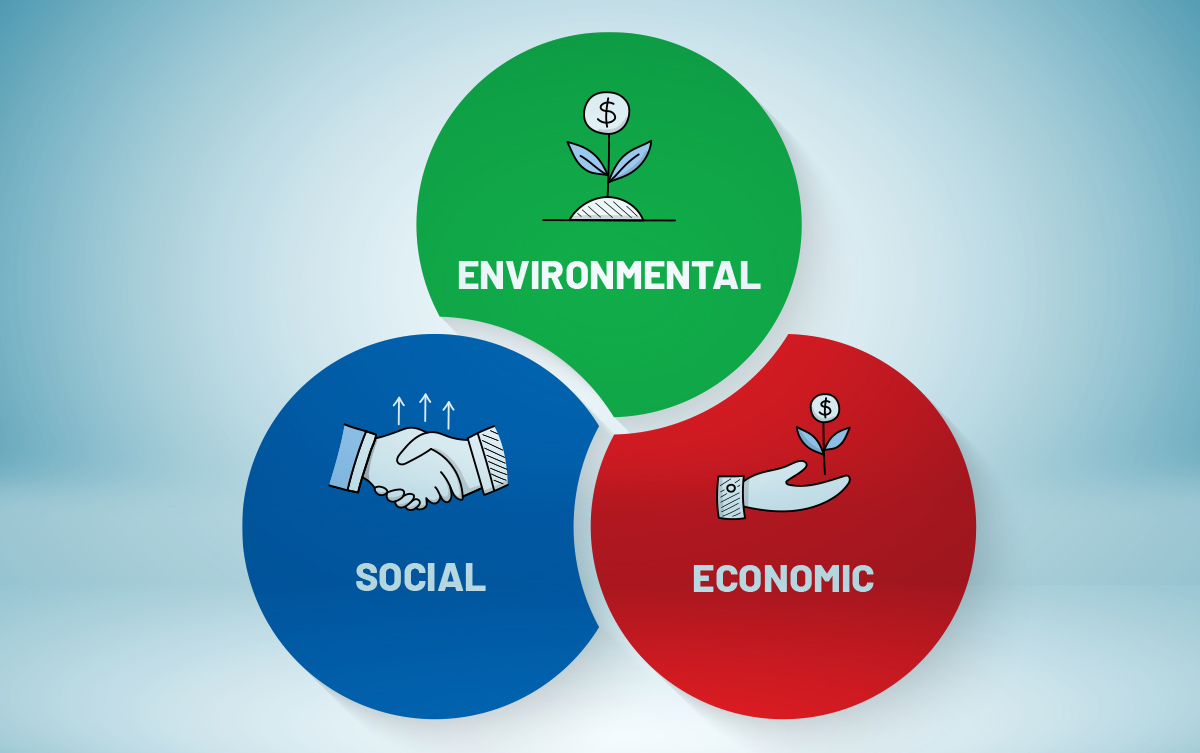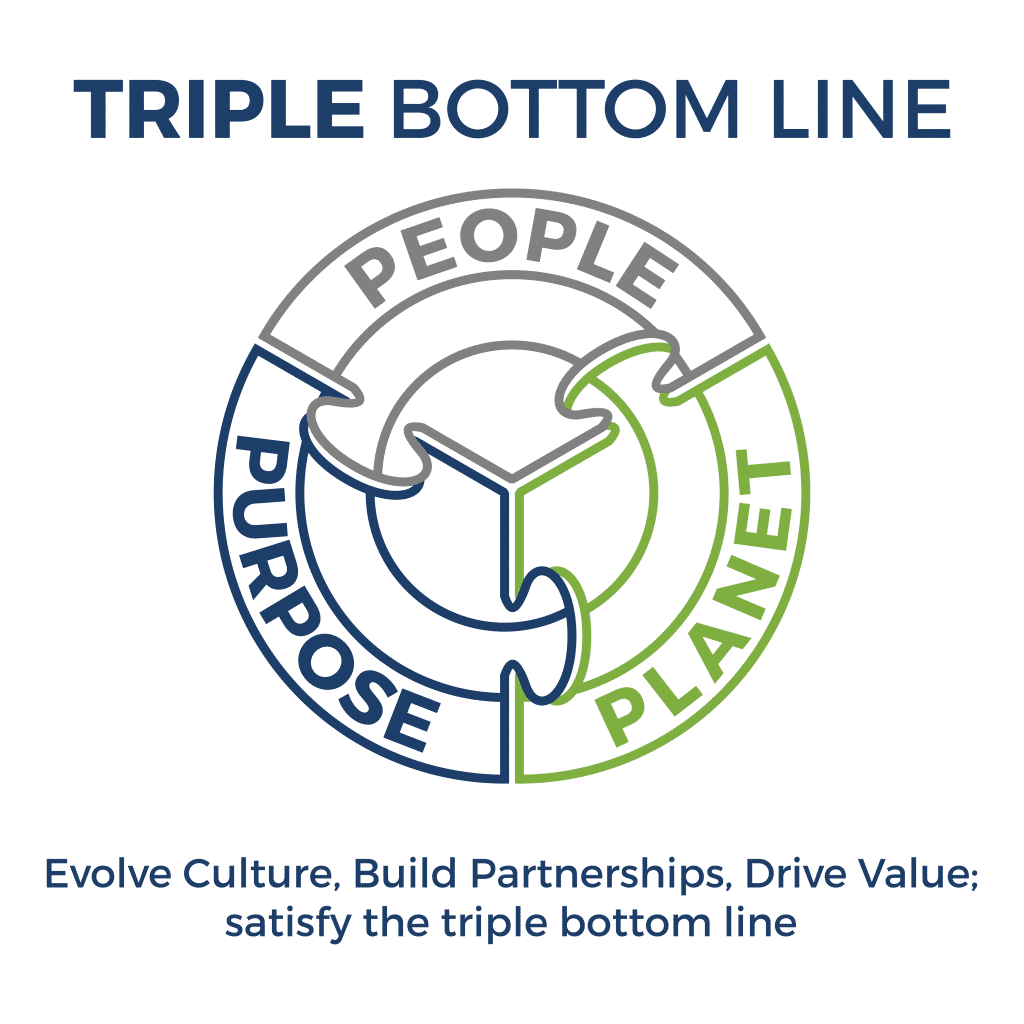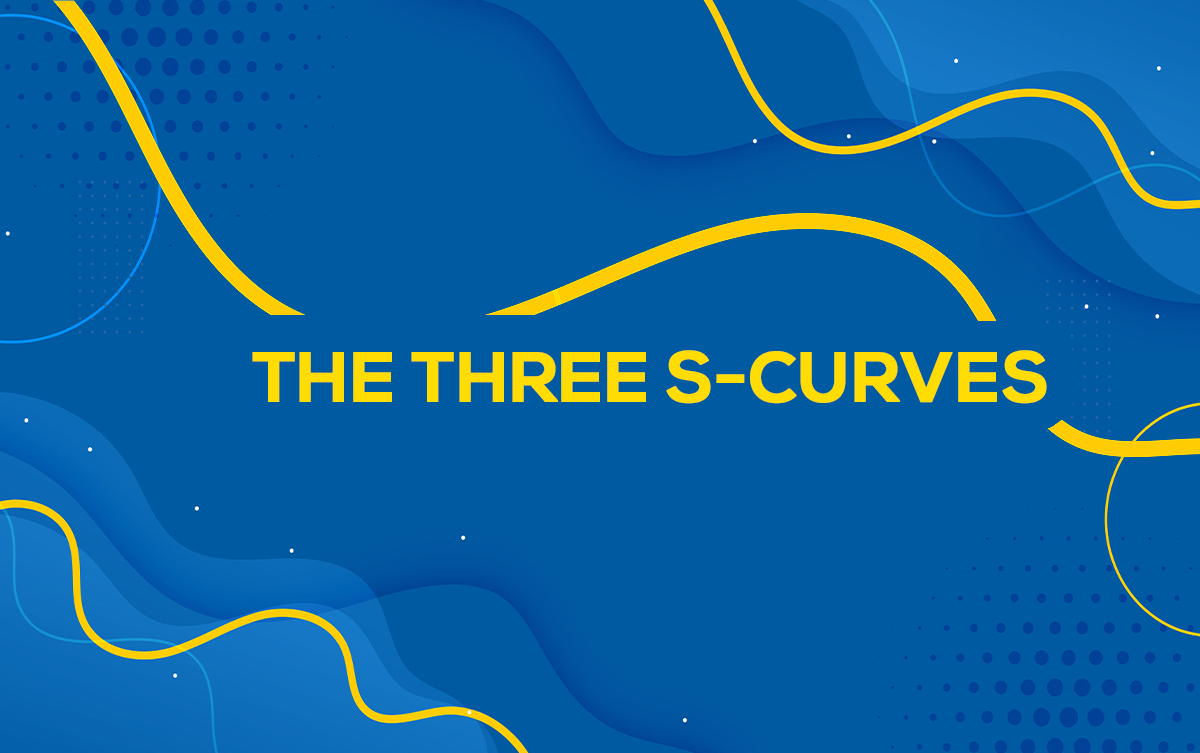The Three S- Curves
Indian IT companies in the past have gracefully transitioned three S-Curves – Mainframe, Client-server, and Internet. But their ability to reinvent themselves over the next 10 years depends on various factors.
According to an article in LinkedIn Forget all those doomsday forecasts by Manish Sabharwal and Santhosh Thangavelu – India’s Information Technology deployment will double in five years but will have a different People – Supply Chain. This was written 4 years back but still relevant in the New Norm
I would like to take their thoughts and expand a thread around it. Even before the pandemic, almost all companies were aware “What got us here won’t get us there.” With the new norm in place the IT operating model changed, Governance has to evolve and companies are changing gears towards relationship-centered organizations. Above all in the next leg of the S-Curve, Sustainability has roared to the forefront of corporate priorities.
Sustainability has become an important topic across many disciplines, and IT is no different. As we are building solutions for the future, we have a responsibility to make them sustainable so that we leave not only great tech solutions but also a habitable planet for future generations
The S-Curve (life Cycle Curves) Pattern of any industry highlights the fact that business models evolve over time as it goes through a predictable cycle of growth and maturity.
Three Pillars of Sustainability and Triple Bottom Line
The United Nation’s definition of sustainability is “meeting the needs of the present without compromising the ability of future generations to meet their own needs.” It has three pillars: environmental, social, and economic (Governance).

According to the United Nations Industrial Development Organization, green skills are the abilities and the knowledge needed to develop and support a sustainable and resource-efficient society. The Green General Skill index identifies four main types of skills that are sought after in green occupations:
1) Engineering and technical skills
2) Science-based skills
3) Operational management skills and
4) Monitoring Skills
Business Relations Management Relationship Centred organization philosophy helps “Accessing Infinite Value Through Relationships”
 To address the Three Pillars of Sustainability ESG -Triple Bottom Line plays a key role within the organization
To address the Three Pillars of Sustainability ESG -Triple Bottom Line plays a key role within the organization
The core message of the triple bottom line is that investing in relationships provides a return of infinite proportion back to the organization and its longevity
People – The value of people who have relationships, now or in the future. They are the source of infinite energy.
Purpose – The value of a great purpose, which generates and sustains passion. It magnifies the source of infinite energy.
Planet – The value of a sustainable future, both a community and environment. It is the ultimate context of infinite value.
Technology will be the Allied partner to help companies to collect real-time data, organize, and then report it using transparent, standardized metrics. The solution enables companies to obtain automated, timely, and auditable data on KPIs such as greenhouse gas emissions, socially responsible investing, and impact investing.
Business leaders are very much aware that Technology will play a key role and are asking their shared service providers to help them build capability needed to stay ahead.
Relationshipism will play a key role in addressing the next leg of the S-Curve “Sustainability” and build the green skills capability.
Lead with Purpose – Invest in People – Protect Our Planet
Note: The content references are from the Business Relationship Management Institute, Inc., Copyright, and all rights reserved. Material from this publication has been reproduced with the permission of the BRM Institute





